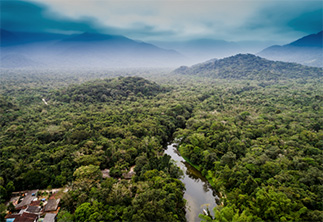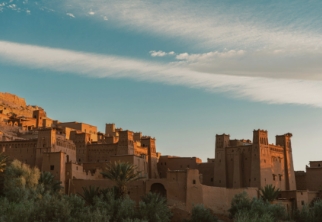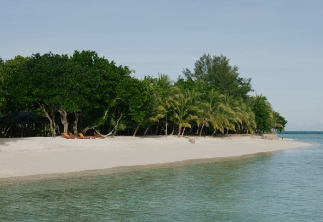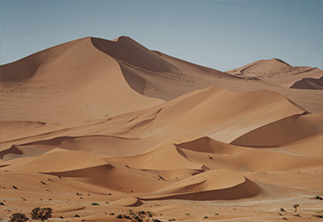Green Mineral Profile
Guinea
Overview
Overview
Guinea, a relatively small nation with a population of just 13.5 million, boasts extensive and high-quality bauxite reserves amounting to 7.4 billion metric tons, representing approximately 23% of the world's total. This estimate is likely to be conservative.
In 2021, Guinea was Africa's largest producer of bauxite and was the world's third-largest miner of the mineral in 2021, trailing only China and Australia. With a production of 86 000 metric tons in 2021, Guinea has maintained its leading position in bauxite production for decades. The country not only boasts the world's largest bauxite reserves but also some of the highest-quality ore found in several world-class deposits.
Guinea’s bauxite dominance significantly influences the country's extractive sector, which plays a pivotal role in its economy. In 2021, the extractive sector contributed to over 24% of government revenues, 91% of exports, and 18% of the GDP.
In addition to bauxite, Guinea's mineral wealth extends to gold, diamonds, iron, and nickel. These minerals form the backbone of the country's exports. With its rich mineral resources and strategic position in the bauxite market, Guinea's extractive sector continues to drive its economy and global market presence.

Key green minerals
- Guinea is the leading producer of bauxite in Africa.
- Globally, Guinea was the third largest producer of bauxite in 2021, with a production of 86 000 metric tons, accounting for 22% of global bauxite production.
- Guinea accounted for 7.4 billion metric tons of bauxite reserves in 2021, which represented 24% of total global bauxite reserves.
- In 2023, Guinea’s bauxite production surged by over 19% year-on-year, reaching approximately 123 million metric tons. This significant growth was matched by a 24.5% increase in exports, which touched 127 million tons.
reserves
(7 400 000 tons)
production
(86 000 tons)

Major mining
projects
The Sangaredi site operates as an open-cut mine, encompassing various activities such as stripping, drilling, blasting, loading, and hauling. Ownership: Rio Tinto Group 22.95%, Guinean Government 49%, Alcoa 22.95%, Dadco Investments Limited 5.1%. The brownfield mine produced an estimated 14.28 million tons per annum (mtpa) of bauxite in 2023.
The Boffa Bauxite Mine is a surface mine situated in Boke. Owned by Aluminum of China, the greenfield mine produced an estimated 13.5 mtpa of bauxite in 2023.
Located in Boke, the GAC Mine is owned by Emirates Global Aluminium P. The surface mine produced an estimated 11.97 mtpa of bauxite in 2023.
Located in Boke, the SMB-Winning Boke Bauxite Mining Project is owned by Winning International Group. The surface mine produced an estimated 32.02 mtpa of bauxite in 2023.
Value-addition initiatives
Value-addition initiatives
The Guinean government is currently urging multinational mining companies to increase in-country downstream processing capabilities for the refinement of bauxite into aluminium oxide. The latter holds a market value six to seven times higher than that of raw bauxite. Presently, Guinea's sole aluminium oxide refinery has the capacity to refine less than 3% of its annual bauxite production.
UAE-owned Guinea Alumina Corporation’s 1m t/yr bauxite refining project is under development. This is in addition to the similar-sized alumina refinery already planned by Société Minière de Boké in partnership with Alteo.
Increasing refining capacity in Guinea is a highly energy-intensive endeavour, posing significant challenges, particularly due to the inadequacy of Guinea's power grid. Despite having substantial hydropower potential at the headwaters of the Gambia, Niger, and Senegal Rivers, the mining sector currently relies on generators powered by diesel and heavy fuel oil. To address this, there is a shift towards exploring natural gas-fed power development to meet the anticipated demand.
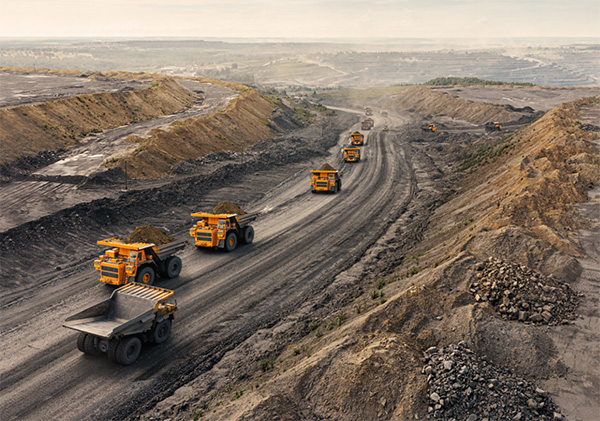
More countries to explore
Thank you for your message!
Your message has been sent. Our aim is to get back to you within a few business days. If you have any questions, please feel free to contact us on AMDC@africa-union.org.
Exception occurred
Feedback
Please use this form to send feedback on this page (see our privacy policy and cookie policy). Please note that we may take a few days or weeks to respond.
